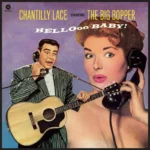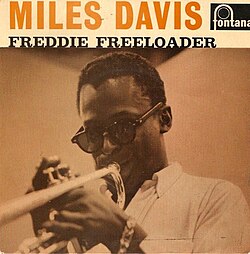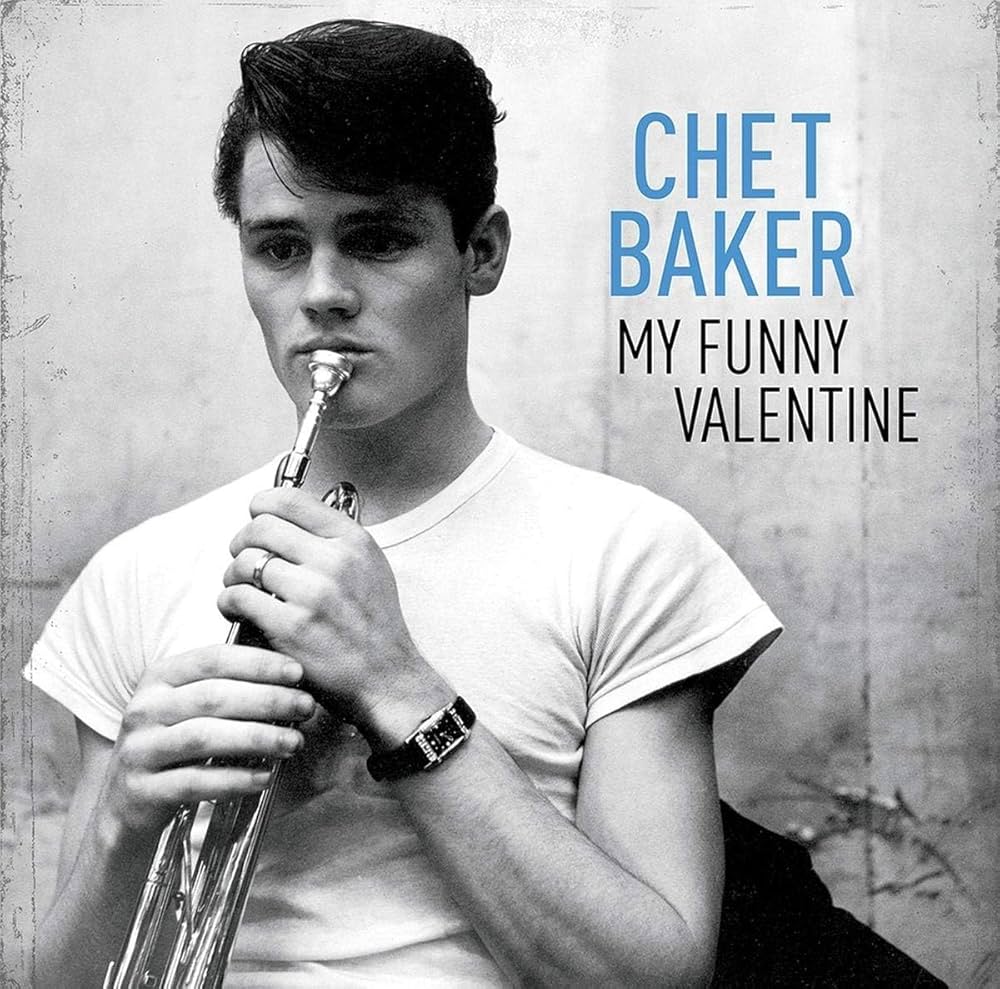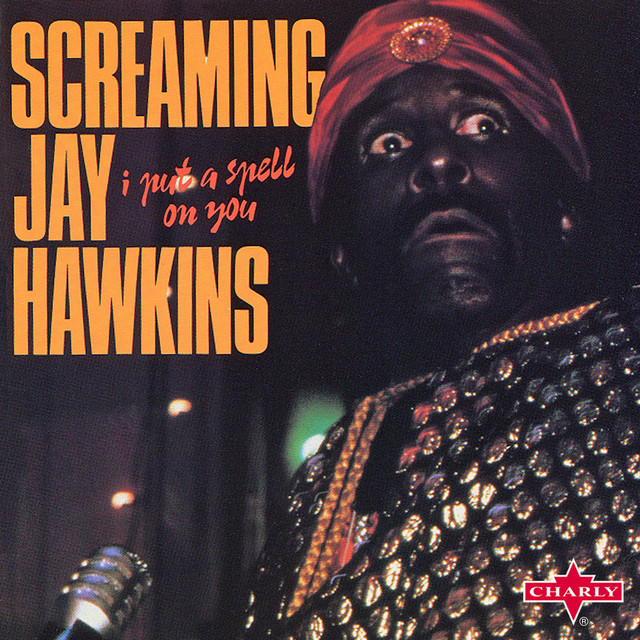 In the golden dawn of rock ’n’ roll, when jukeboxes ruled diners and teenagers ruled the dance floor, few records captured the pure, unfiltered joy of early rock like J.P. Richardson’s 1958 classic, “Chantilly Lace.” Better known to the world as The Big Bopper, Richardson didn’t just sing a song — he created a personality. “Chantilly Lace” wasn’t merely a hit; it was a conversation — a cheeky, flirtatious phone call that became an anthem of teenage swagger. The song’s infectious energy, iconic opening line, and unforgettable delivery made it a landmark in the evolution of rock ’n’ roll and a permanent part of America’s musical DNA.
In the golden dawn of rock ’n’ roll, when jukeboxes ruled diners and teenagers ruled the dance floor, few records captured the pure, unfiltered joy of early rock like J.P. Richardson’s 1958 classic, “Chantilly Lace.” Better known to the world as The Big Bopper, Richardson didn’t just sing a song — he created a personality. “Chantilly Lace” wasn’t merely a hit; it was a conversation — a cheeky, flirtatious phone call that became an anthem of teenage swagger. The song’s infectious energy, iconic opening line, and unforgettable delivery made it a landmark in the evolution of rock ’n’ roll and a permanent part of America’s musical DNA.
This is the story of a song that’s more than just a novelty — it’s a time capsule of charisma, innocence, and the larger-than-life sound that defined the 1950s.
The Birth of the Big Bopper
Jiles Perry Richardson Jr. was a radio DJ from Beaumont, Texas — a talkative, quick-witted guy with an ear for what made people smile. Working at KTRM radio, he went by the nickname “The Big Bopper”, a persona he developed on-air that combined his love of rhythm and blues with his deep baritone voice and sharp sense of humor.
In 1957 and 1958, rock ’n’ roll was exploding: Elvis Presley was king, Chuck Berry was pushing guitar boundaries, and Little Richard was redefining wildness. But Richardson had something different in mind — he wanted to talk his way into the heart of rock. “Chantilly Lace,” which he wrote himself, wasn’t about rebellion or heartbreak. It was about flirtation, phone calls, and the timeless art of being cool.
Recorded in Beaumont at Gold Star Studios, “Chantilly Lace” was released on Mercury Records’ subsidiary, Doolittle. Richardson played both singer and character — an over-the-top, smooth-talking lover who could turn a simple “Hello, baby!” into a hook that echoed across decades.
“Hello Baby!” — The Hook Heard ‘Round the World
The song begins not with music, but with attitude.
“Hellooo, baby!”
That line alone is rock ’n’ roll theater — instantly recognizable and endlessly imitated. From that moment, “Chantilly Lace” unfolds as a playful, one-sided phone conversation between the Big Bopper and his girlfriend, filled with witty call-and-response phrasing, clever rhymes, and a swaggering rhythm that makes you feel like you’re right there on the line.
“Chantilly lace and a pretty face,
And a ponytail hangin’ down,
A wiggle in the walk and a giggle in the talk,
Makes the world go ’round…”
These lines are pure 1950s Americana — playful, innocent, but dripping with charm. The song never mentions love or heartbreak; instead, it celebrates attraction and chemistry in the most direct way possible. Richardson uses his voice like an instrument — growling, teasing, pausing for laughter — and by doing so, he pioneered the rock ’n’ roll persona.
“Chantilly Lace” is practically performance art. It’s less about melody and more about rhythm and cadence, a conversation set to a swinging beat. The minimal instrumentation (mostly guitar, drums, and piano) leaves room for Richardson’s personality to take center stage. The result is a masterclass in how charisma alone can carry a song.
The Song That Defined a Vibe
At its heart, “Chantilly Lace” is a celebration of flirtation. It’s about the excitement of youth, the simple thrill of talking to someone you like, and the confidence that rock ’n’ roll injected into an entire generation.
Richardson tapped into the teenage energy that was sweeping the nation. Kids in the late 1950s were suddenly armed with cars, pocket money, and radios — the perfect ingredients for rebellion and romance. “Chantilly Lace” reflected that moment perfectly: fun, fast-talking, and unapologetically bold.
But what set the song apart was its tone. Where many early rock songs were about dancing, drive-ins, or unrequited love, “Chantilly Lace” was about attitude. The Big Bopper wasn’t shy — he was confident, playful, and charming in a way that felt almost cinematic. He turned the act of talking on the phone into a musical event.
In that sense, “Chantilly Lace” was ahead of its time. It anticipated the idea of the pop character, the performer who embodied an exaggerated persona — a concept later used by everyone from Elvis and Mick Jagger to Prince and Lady Gaga.
A Meteoric Rise
“Chantilly Lace” hit the Billboard charts in August 1958 and quickly climbed to No. 6 on the Hot 100, staying there for an astonishing 22 weeks. It also crossed over to the R&B charts, proving that its groove and personality transcended boundaries.
The song’s popularity turned the Big Bopper into an overnight sensation. Suddenly, the Texas DJ was touring with some of the biggest names in the business — Buddy Holly, Ritchie Valens, and Dion and the Belmonts — on what became known as The Winter Dance Party Tour in early 1959.
Tragically, the Big Bopper’s life was cut short when the small plane carrying him, Buddy Holly, and Ritchie Valens crashed near Clear Lake, Iowa, on February 3, 1959 — the day Don McLean would later immortalize as “The Day the Music Died.”
Richardson was only 28 years old. “Chantilly Lace” was still on the airwaves, and in the months after his death, it became even bigger — a symbol of the exuberant, joyful sound that was lost in that tragedy.
A Legacy That Still Wiggles and Giggles
Despite his short career, the Big Bopper’s influence on rock and roll is undeniable. “Chantilly Lace” wasn’t just a novelty hit; it was a blueprint. The idea that a singer could play a larger-than-life character — part comic, part crooner, part heartthrob — opened doors for generations of performers.
You can hear echoes of “Chantilly Lace” in Elvis Presley’s banter, Jerry Lee Lewis’s swagger, and Little Richard’s laughter. Even decades later, artists who blend humor and personality into their music — think of acts like Mojo Nixon, the B-52’s, or even Bruno Mars — owe a small debt to Richardson’s audacity.
The song also found new life through covers. Jerry Lee Lewis recorded a hit version in 1972 that reached the Top 10 on the country charts, emphasizing how timeless the groove really was. Others — from Commander Cody to Sha Na Na — brought the song back to life in the 1970s and beyond, using it to summon the carefree spirit of early rock.
And yet, no one ever quite matched the original. That voice, that “Hello baby,” that sly laughter — it was magic in a bottle.
The Art of Simplicity
Part of the enduring charm of “Chantilly Lace” lies in its simplicity. There are no complex metaphors or hidden meanings. The song’s beauty is in its directness — a man is talking to a woman, and the chemistry is electric.
Rock ’n’ roll in its infancy was about capturing raw emotion in its simplest form. Richardson understood that instinctively. “Chantilly Lace” could make people laugh, smile, and dance — and that was enough.
But beneath the fun, there’s also craftsmanship. The rhyme scheme, pacing, and spoken cadence show Richardson’s radio background — he knew how to hold attention, how to make pauses feel meaningful, how to turn a line into a punchline. The song is almost like stand-up comedy set to rhythm — and it works because Richardson is fully in character from start to finish.
What “Chantilly Lace” Means Today
In the modern pop landscape, “Chantilly Lace” might seem quaint, even cartoonish — but that’s precisely what makes it so special. It represents an era when pop culture was still being invented, when a DJ could turn himself into a national sensation with nothing more than a microphone, a grin, and a great hook.
It’s also a reminder of rock’s roots in fun. Long before rock became self-serious or political, it was about joy — about teenagers calling each other up and laughing through a phone line. That joy is what makes “Chantilly Lace” timeless.
Play it today, and you’ll still feel it. The rhythm swings. The voice grins. The moment feels alive. It’s a song that can make an 80-year-old smile and a 15-year-old laugh — a rare kind of universal energy that most artists spend their whole careers chasing.
The Final Ring
If Buddy Holly represented the poet of early rock and Ritchie Valens the dreamer, then the Big Bopper was the showman. “Chantilly Lace” is his lasting gift to the world — a three-minute burst of personality that has survived fads, genres, and decades.
J.P. Richardson may not have lived to see how far rock ’n’ roll would go, but his voice — that booming, flirtatious, larger-than-life voice — still echoes every time a DJ cracks a joke, every time a singer winks through a lyric, every time someone says “hello, baby” and means it.
It’s a sound from another era, but it still makes the world go ’round.


